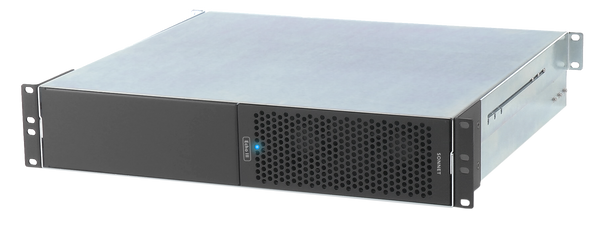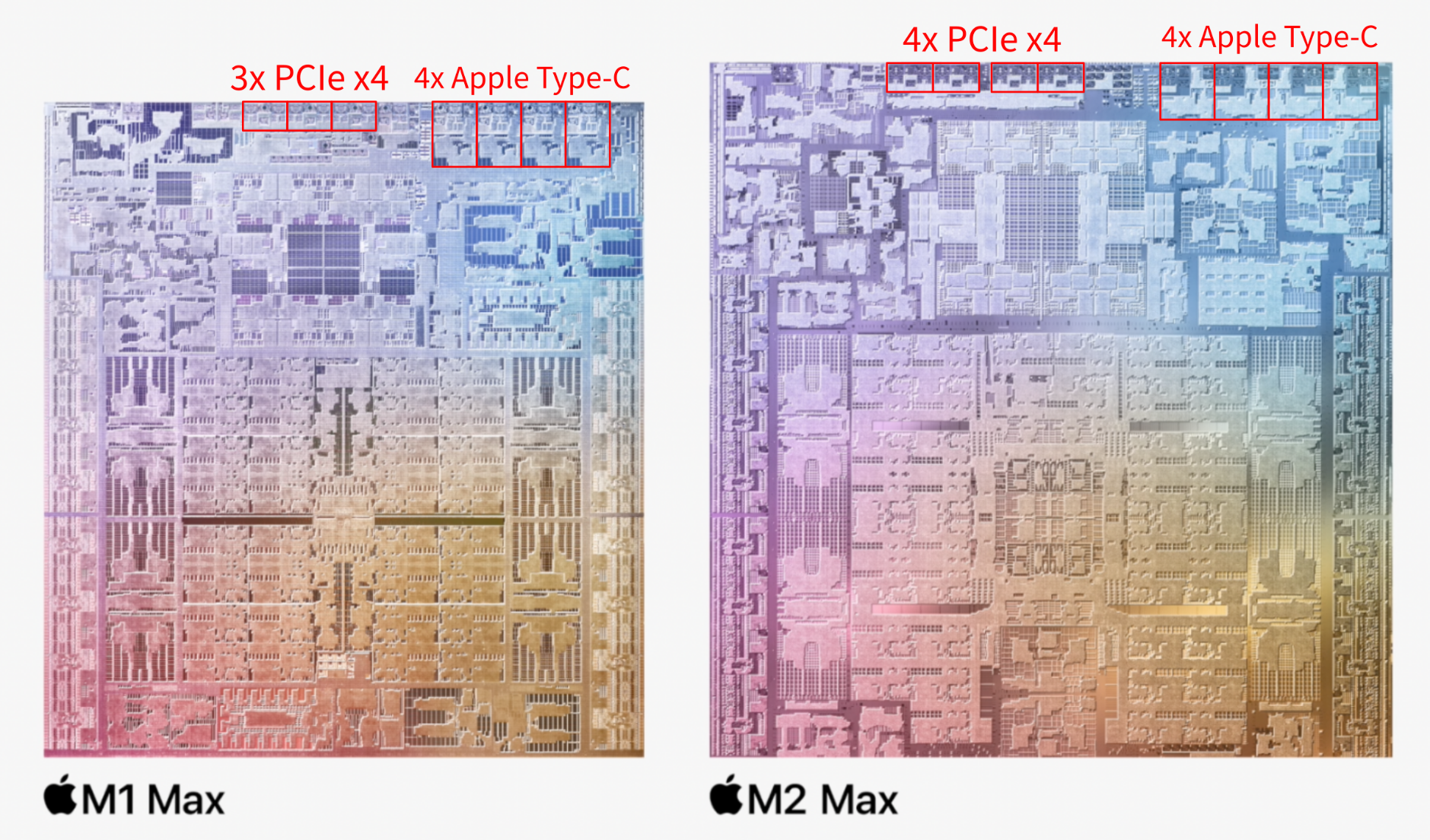This has been under discussion at Macs Fan Control's website. Mac's Fan Control said they tested it at 1100 RPM under various conditions, and the temps stayed low. They further remark that the MBP's run, by default, at 0 RPM under low-load conditions, so it seems odd this isn't available to the Studios, which have much larger heat sinks:Not a good idea IMHO to lower the fan curve tho just to lower noise. I would think it is safe to do it the other way, i.e. turn it up.
Mac Studio fan control and fan noise - CrystalIDEA Blog
However, various conditions isn't all conditions (which would include not just all use cases, but also all external temperatures--e.g., suppose your room is in the 80's). Thus there was a feature request, which they're working on, to run the Studio with either no fan, or at 1100 RPM, but revert to the OS's automatic control if the temps went above specified threshold values. That would seem to be the best of both worlds; though if you did this you'd probably want to have a separate, independent program running that will sound an alarm if the temps go over-threshold, in case the algorithm on Macs Fan Control fails.
Zero-RPM Speeds (Switch to 'Automatic' Control below lower Threshold) · Issue #582 · crystalidea/macs-fan-control
My M1 Max MBP 16" when in automatic mode (I.e. MFC not controlling the fans) sets the fan speed to zero RPM. MFC sets a minimum of 1500 RPM. Can a feature be implemented that allows the zero RPM mo...
Last edited:


